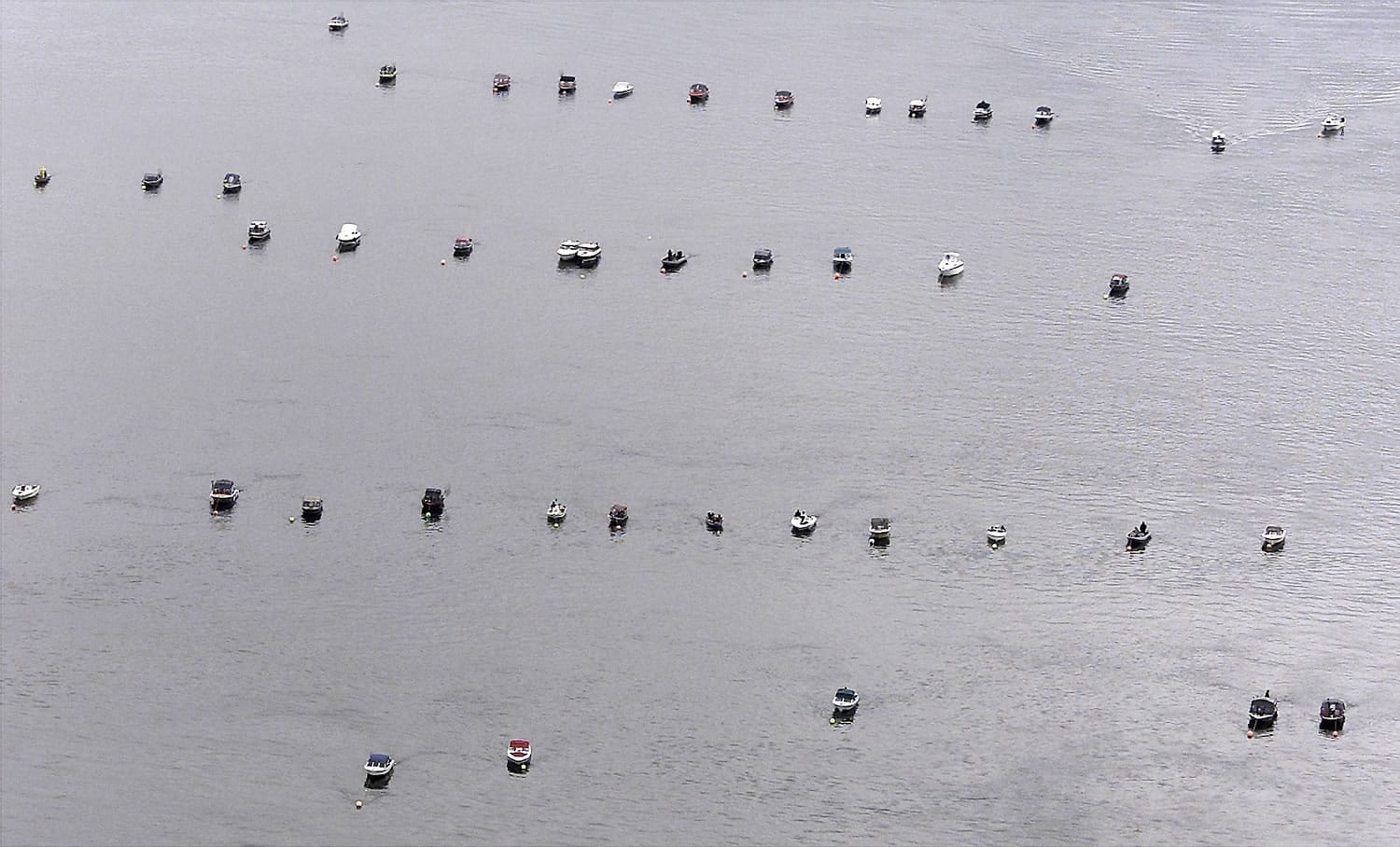State, federal and tribal biologists predict a run of 232,500 spring chinook — the most prized of the Columbia River salmon — will return in 2015 headed for waters upstream of Bonneville Dam.
“We had a great season last year, I’d expect a great season this year,” said Steve Watrous of Vancouver, a member of the bistate Columbia River Recreational Advisor Group.
The spring chinook forecast for the Snake and mid- and upper Columbia rivers is the most anticipated number of the year among anglers. A good forecast fuels fishing optimism that sells tackle, bait and boats, plus books trips with guides.
Good spring chinook fishing segues into anglers staying on the water for summer chinook, summer steelhead and fall chinook.
In 2014, the Columbia River Technical Advisory Committee forecast a return of 227,000. The actual return was 242,000.
“This shows the stocks are in good shape, they’re rebuilding, and the sky is not falling,” Watrous added.
Stuart Ellis of the Columbia River Inter-Tribal Fish Commission said the forecast is for 188,600 4-year-old chinook, 43,500 5-year-olds and 400 6-year-olds.
“If it comes in as forecast, it’ll be a pretty good run,” Ellis said.
The various prediction methods ranged from about 175,000 spring salmon to the upper 200,000s, he said.
The Snake River portion of the run is predicted to be 140,000, which is a slightly larger percentage than normal, Ellis said.
Spring chinook enter the Columbia River in force beginning in March and continue until mid-June. Wild spring chinook are protected under the federal Endangered Species Act, which require limits on sport, commercial and tribal catch.
Sportsmen are allowed only to keep hatchery-origin spring chinook, identifiable by a clipped adipose fin.
Spring chinook spark a flotilla of small boats on the Columbia from Astoria to Beacon Rock near Stevenson.
Despite often mediocre catch rates, fishing is so popular that the catch allocation for the Columbia River downstream of Bonneville Dam usually is filled by early to mid-April, two weeks before the run peaks in late April to early May.
The other big number still to come is the spring chinook forecast for Oregon’s Willamette River, which is expected to be available in a week or two. The run a year ago was 51,787.
Robert Moxley of Dundee, Ore., also a member of Columbia River advisor group. said he is not overly excited about the forecast.
“It’s not a number that will get me out in early March,” Moxley said. “I’ll start fishing in late March when the fish arrive.”’
Forecasts for the three lower Columbia tributaries with spring chinook — the Cowlitz, Kalama and North Fork of the Lewis — are expected to be announced within a day or two.
Forecasts for summer chinook and sockeye also have been completed by the Technical Advisory Committee.
Ellis said a run of 73,000 summer chinook is forecast to enter the Columbia between mid-June and July 31. The run has been in the 50,000 to 80,000 range in recent years.
The sockeye forecast is 394,000. That is composed of 285,500 to the Okanogan River, 106,700 to the Wenatchee River and 1,800 to the Snake River.




